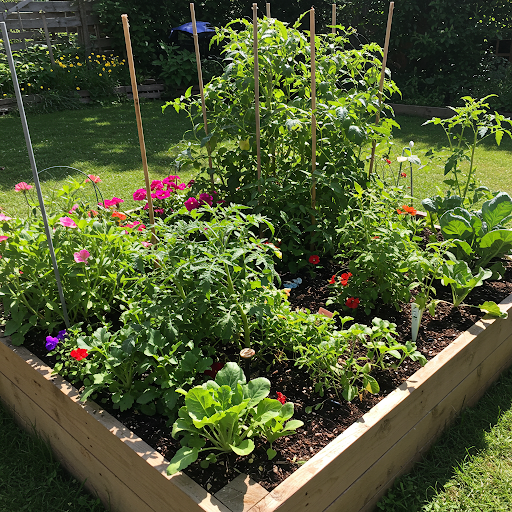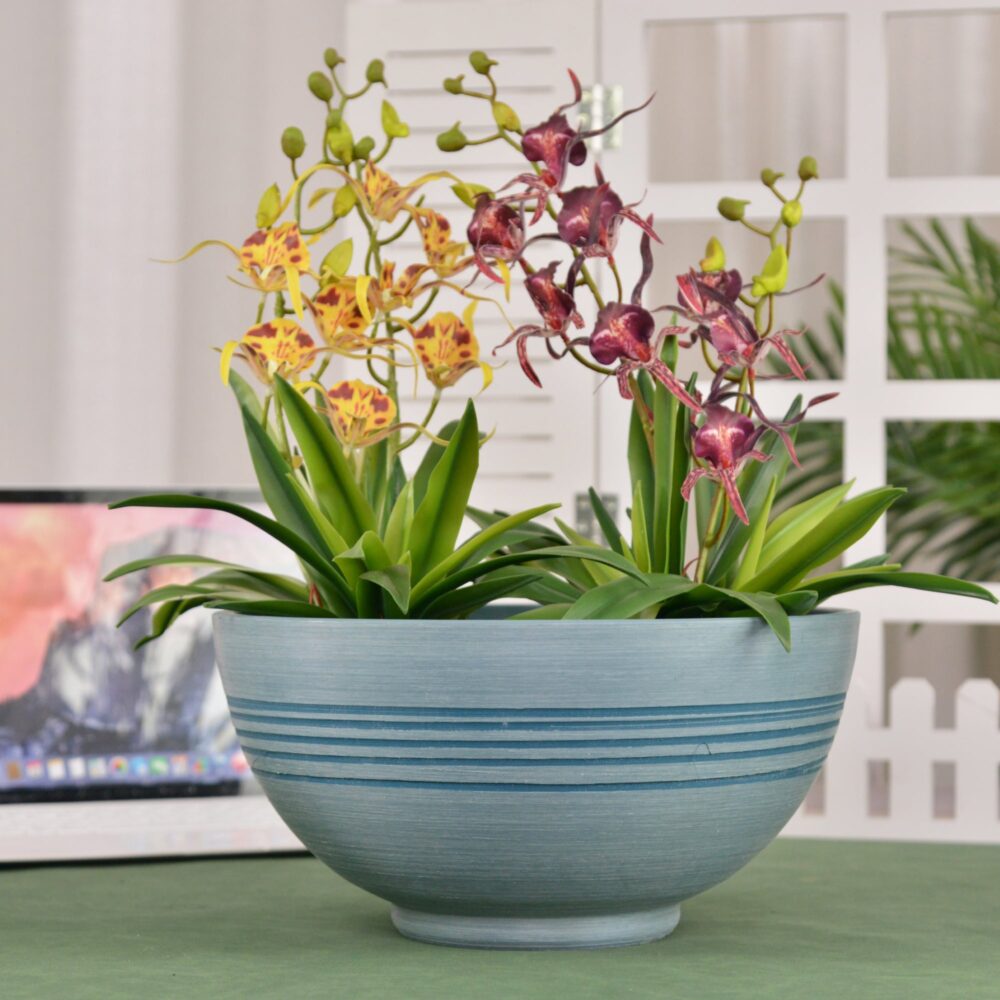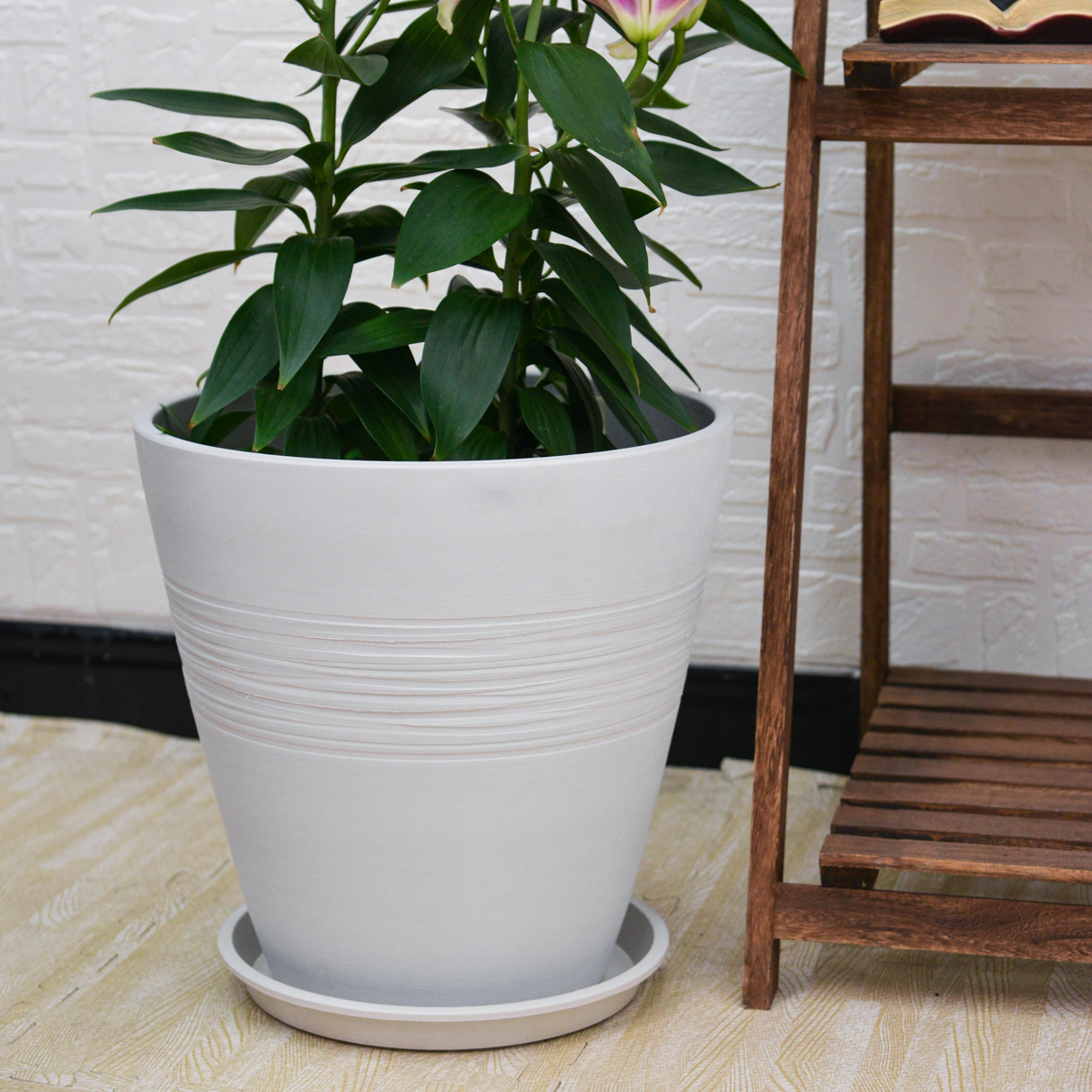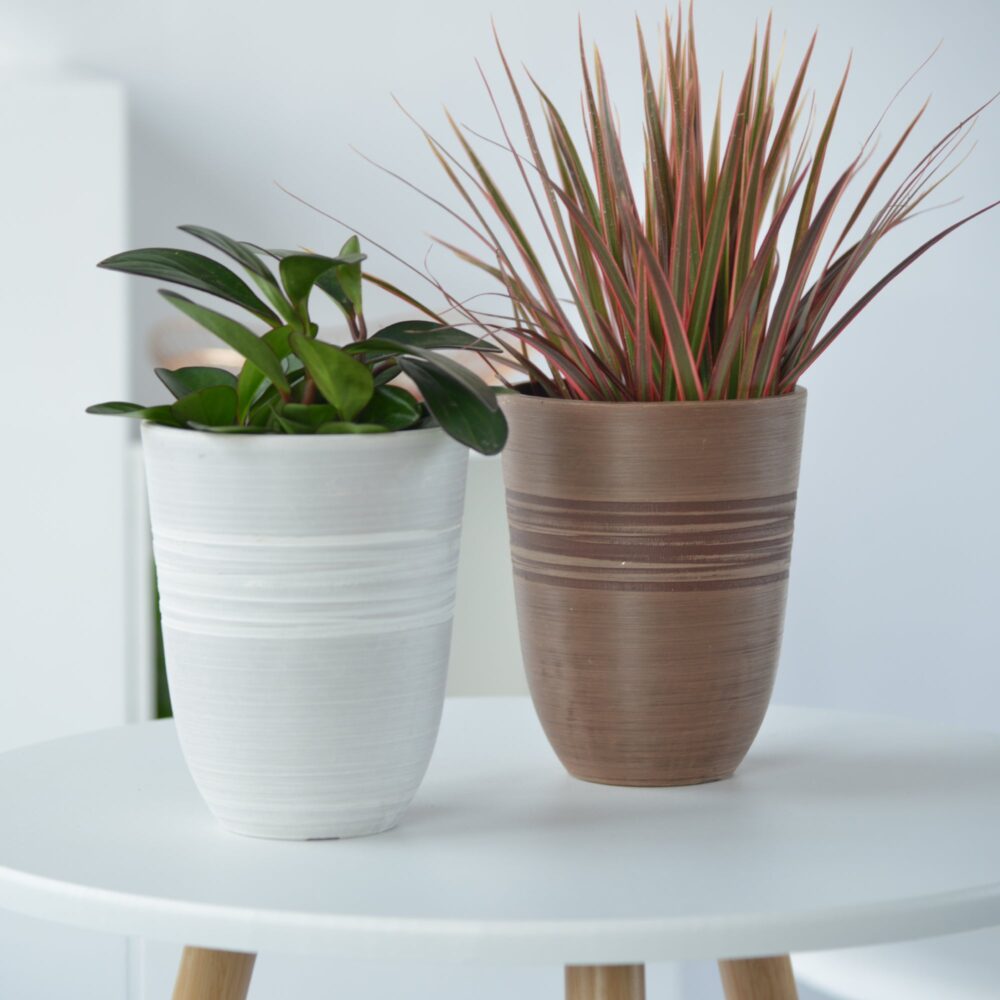What Types of Plants are Suitable for Planter Boxes of Different Sizes? Choosing the Right Greenery for Your Containers
Understanding the Importance of Planter Box Size
The size of your planter box directly impacts the health and growth of your plants. Too small, and the roots will become cramped, leading to stunted growth and the need for frequent watering. Too large, and the soil might retain too much moisture, potentially causing root rot, especially in smaller plants. Matching the plant’s needs to the container size ensures a healthy root system and a flourishing plant.

Plants for Small Planter Boxes (Typically 6-12 inches deep and wide):
Small planter boxes are ideal for plants with shallow root systems or those that don’t require a lot of space to spread out. They are perfect for balconies, windowsills, or as decorative accents.
- Herbs: Many herbs have shallow roots and thrive in smaller containers. Consider planting basil, thyme, oregano, chives, mint, parsley, and cilantro. You can even create a charming herb garden in a small box.
- Compact Annual Flowers: Brighten up your space with colorful annuals that stay relatively small, such as pansies, violas, petunias (choose compact varieties), impatiens, and begonias.
- Shallow-Rooted Vegetables: Some vegetables with shallow roots do well in small planters, including lettuce, spinach, arugula, radishes, and scallions.
- Strawberries: These delicious fruits have relatively shallow root systems and can be grown successfully in small to medium-sized containers.
- Succulents and Small Cacti: These drought-tolerant plants are well-suited for smaller spaces and require less frequent watering.
Plants for Medium Planter Boxes (Typically 12-18 inches deep and wide):
Medium-sized planter boxes offer more room for roots to grow and can accommodate a wider variety of plants, including some vegetables and larger flowers.
- Bush Beans: These compact bean varieties don’t require trellising and fit well in medium-sized containers.
- Dwarf Tomatoes and Peppers: Look for compact or dwarf varieties of tomatoes and peppers that are specifically bred for container gardening.
- Eggplant: Smaller varieties of eggplant can thrive in medium planters.
- Leafy Greens: Kale, Swiss chard, and mustard greens have root systems that can be accommodated in medium-sized boxes.
- Larger Annual Flowers: Marigolds, zinnias, snapdragons, and geraniums can flourish in medium planters, providing vibrant color throughout the season.
- Compact Perennials: Some smaller perennials like lavender, coneflowers (Echinacea), and daylilies can be grown in medium containers.
Plants for Large Planter Boxes (Typically 18+ inches deep and wide):
Large planter boxes offer the most versatility and can support larger plants, including full-sized vegetables, shrubs, and even small trees.
- Full-Sized Tomatoes: Indeterminate and determinate tomato varieties will thrive in large, deep containers, especially with proper staking or caging.
- Cucumbers and Squash: Vining varieties will need support like trellises, but bush varieties can also be grown in large planters.
- Broccoli and Cauliflower: These larger vegetables need ample space for their root systems to develop.
- Small Shrubs and Bushes: Dwarf varieties of shrubs like hydrangeas, roses, and blueberries can be grown in large containers.
- Small Trees: Dwarf fruit trees (like dwarf citrus or apple trees) can be successfully grown in very large and sturdy planter boxes.
- Vining Flowers: Plants like clematis, climbing roses, and morning glories will need support but can add vertical interest to your garden.
Creating Plant Combinations in Planter Boxes
For visually appealing and thriving container gardens, consider combining different types of plants in a single planter box. A popular approach is the “thriller, filler, spiller” method:
- Thriller: A tall, focal point plant that adds height and drama.
- Filler: Medium-sized plants that fill in the space around the thriller.
- Spiller: Plants that trail over the edges of the container, adding softness and visual interest.
When combining plants, ensure they have similar sunlight and watering requirements.

Tips for Successful Container Gardening:
- Use High-Quality Potting Mix: Avoid using garden soil in containers, as it can become compacted and doesn’t drain well.
- Ensure Proper Drainage: Make sure your planter boxes have drainage holes to prevent waterlogging.
- Water Regularly: Container plants tend to dry out faster than those in the ground, so consistent watering is crucial.
- Fertilize: Container plants rely on you for nutrients, so regular fertilization is important for healthy growth.
- Consider Sunlight: Choose plants that are suited to the amount of sunlight your planter box receives.
By understanding the mature size and root requirements of different plants, you can confidently select the best greenery for your planter boxes and enjoy a beautiful and productive container garden.
Modern Plant Pots with Drainage – Indoor & Outdoor Use (6″ Widths)
By greenship-seo|2025-04-10T06:29:43+00:00February 6, 2025|Categories: Hand-carving Series|Tags: Decorative Flower Pots|
13 inch Planter for Indoor Plants, Set of 2 Modern Decorative Plant Pots with Drainage Hole, Cute Bowl Shape Flower Pots
By greenship-seo|2025-04-10T07:41:46+00:00January 10, 2025|Categories: Hand-carving Series|Tags: Decorative Flower Pots, Self-Watering Pots|
11V
By greenship|2024-08-13T03:05:48+00:00August 13, 2024|Categories: Hand-carving Series|
KC2-GS
By greenship|2024-08-16T06:30:21+00:00August 16, 2024|Categories: Hand-carving Series|
Plant Pots 6 inch 8 inch 10 inch for Indoor Plants, Set of 3 Modern Decorative Planter ts with Drainage Hole, Decorative Flower Pots
By greenship-seo|2025-04-10T06:39:28+00:00January 14, 2025|Categories: Hand-carving Series|Tags: Decorative Flower Pots|
KC2-11V
By greenship|2024-08-16T05:39:50+00:00August 16, 2024|Categories: Hand-carving Series|






